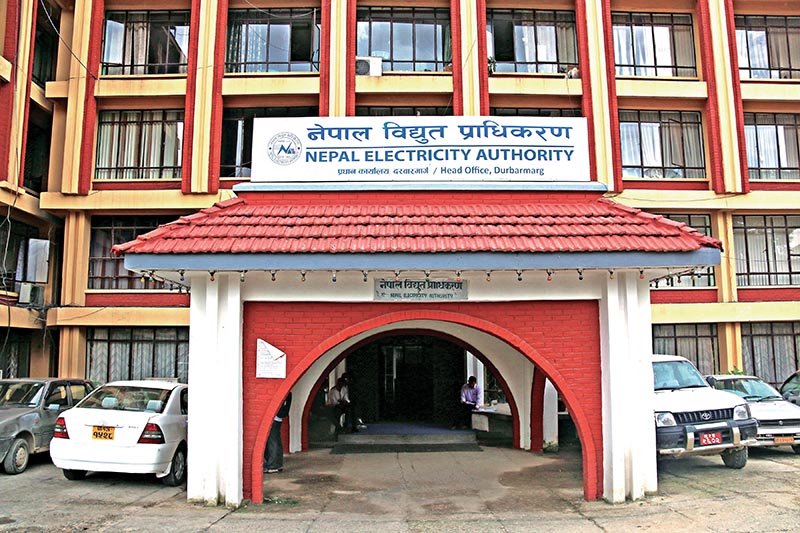NEA stops payment of independent power producers
Kathmandu, March 29
Nepal Electricity Authority (NEA) has stopped paying the bills of the private sector hydropower projects that have been generating electricity.
NEA stopped the payments from Thursday as the country is in a lockdown due to the impact of the coronavirus (COVID-19), a pandemic that has gripped the entire world.
The Electricity Trade Department of NEA said that the payments had to be stopped as NEA was not able to conduct meter readings because of the lockdown. As per NEA, meter reading work has been affected due to the coronavirus.
“The authorities have not been able to fulfil its responsibility due to the lockdown,” said Prabal Adhikari, spokesperson for NEA.
As per Adhikari, the power utility has been paying Rs 1.65 billion per month on average to the independent power producers (IPPs).
However, since NEA has not been able to read the meters of general customers it is unable to manage its operation cost, he added.
He informed that NEA is receiving around Rs 600 million through e-payment or online payment.
The power utility cannot inform you of the compensation or damages due to the delay in payment as per the arrangement mentioned in the Power Purchase Agreement (PPA), reads the statement released by NEA.
Due to circumstances beyond NEA’s control, the private sector will have to provide free electricity to NEA even if it fails to pay the bill until the situation normalises, the statement adds.
After the government imposed a nationwide lockdown, the demand for electricity has reduced by half as factories, hotels and government and private offices have remained closed.
The amount of electricity being imported from India has also decreased. In fact, only 25 megawatts of power has been imported through the Dhalkebar-Muzaffarpur cross-border transmission line since Saturday. NEA at present is fulfilling most of electricity demand through domestic production.
The average demand for power has dropped to around 608 megawatts at the moment. At present, the peak demand of electricity has dropped to 908 MW.






